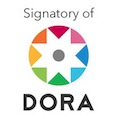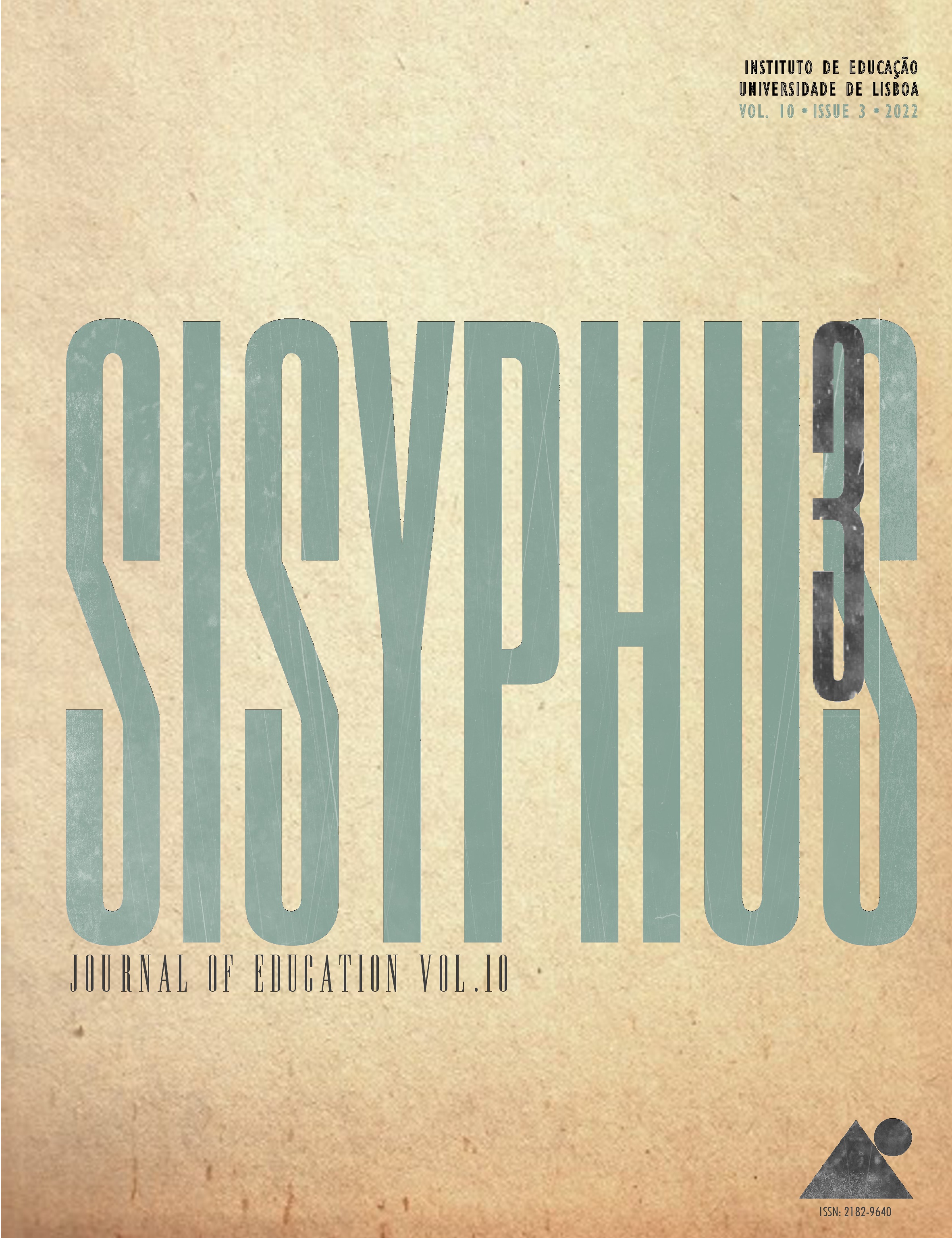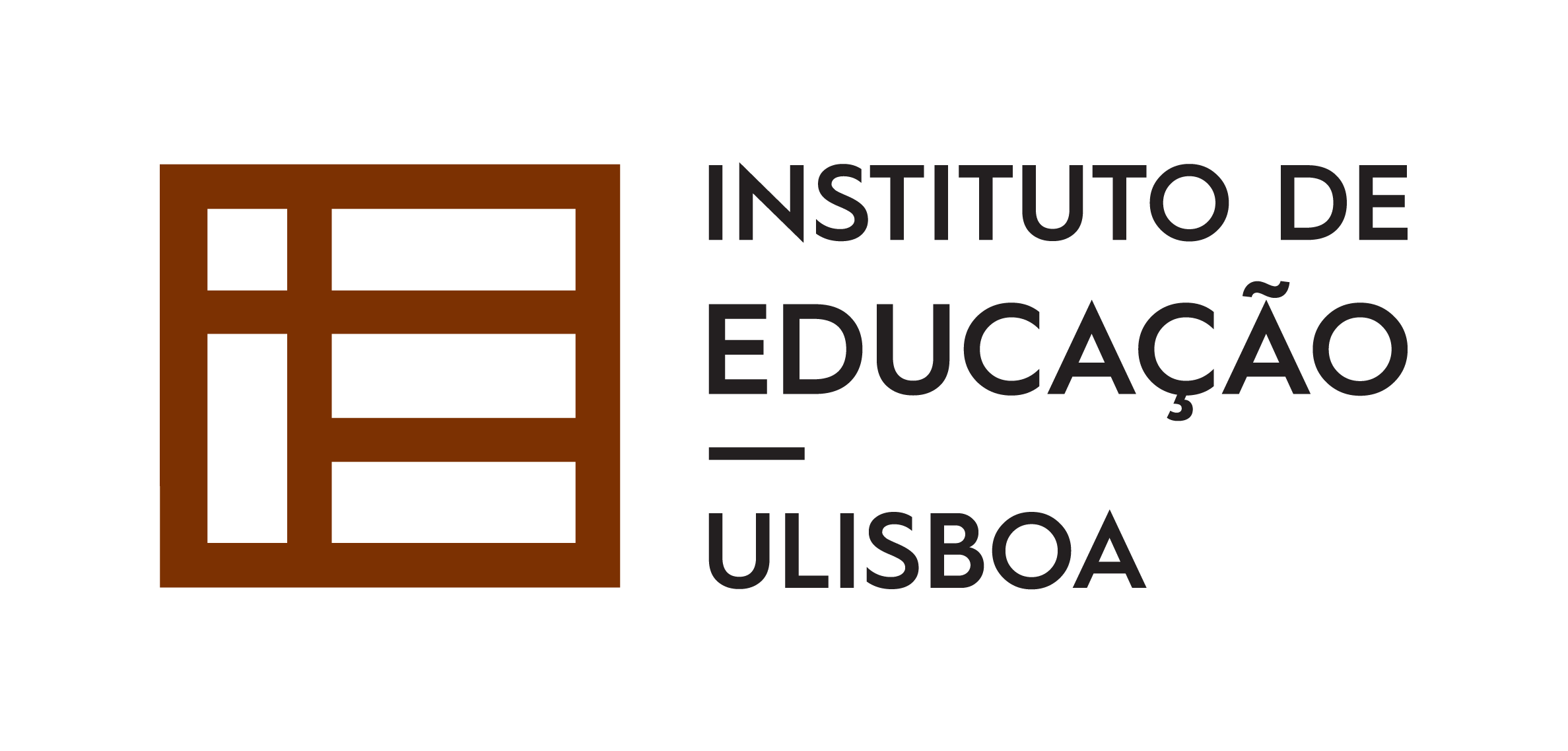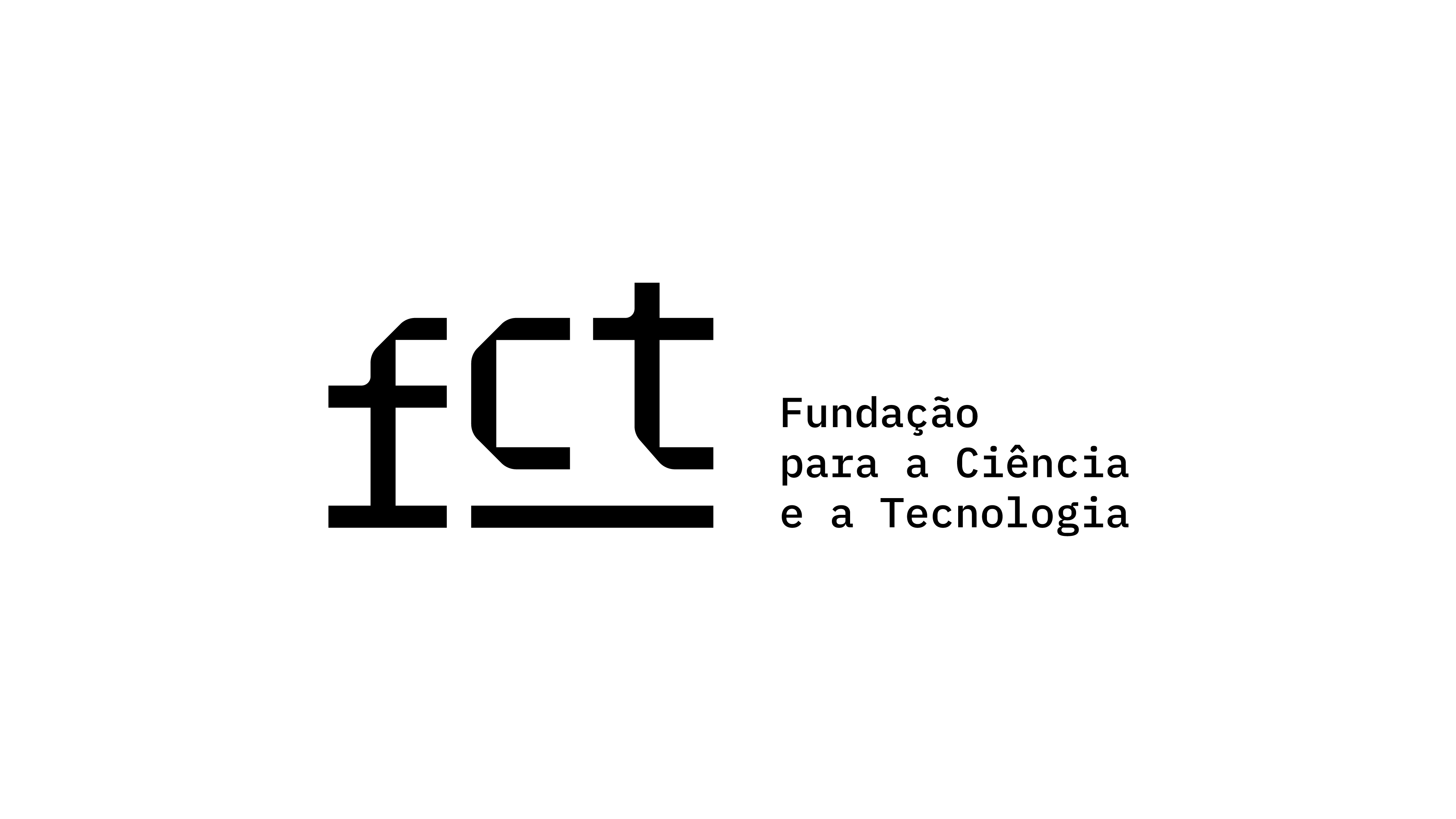An Assistive Computer Technology Implementation Program for Students with Cerebral Palsy
DOI:
https://doi.org/10.25749/sis.27543Keywords:
special education, assistive technology, education professionals’ preparationAbstract
Assistive technology devices can help students with cerebral palsy to perform everyday tasks in school more efficiently and independently. However, the implementation of such a system is a complex process and an essential element of its successful application is the involvement of a skilled and experienced team of professionals. The aim of this study was to implement and evaluate the effects of an in-service assistive technology training program for school professionals—which was developed to facilitate the learning process of students with cerebral palsy in a special school in a city located within São Paulo State (Brazil)—using a collaborative research approach. Data were collected from open-ended response questionnaires, focus groups, videotapes, and field notes. The results indicated that such a collaborative program can effectively enable teachers, school staff members and students to use these types of assistive technology devices, and additionally, that the collaborative nature of the project was of overriding importance.
Downloads
References
Abu-Alghayth, K. (2022). Teachers’ use of assistive technology in Saudi special education schools: a mixes methods enquiry. International Journal of Developmental Disabilities, 68(4), 547-555.
Andrade, E. T., & Mendes, E. G. (2015). Comparative Study of School Inclusion Policy School for Students with Physical Disabilities in Three Brazilian Municipalities. Education Policy Analysis Archives, 23, 32.
Bausch, M. E., Ault, M. J., Evmenova, A. S., & Behrmann, M. M. (2008). Going beyond AT devices: are AT services being considered? Journal of Special Education Technology, 23(2), 1-16.
Brantlinger, E., Jimenez, R., Klingner, J., Pugach, M., & Richardson, V. (2005). Qualitative Studies in Special Education. Exceptional Children, 71(2), 195-207.
Brazil. Lei nº 13.146 de 6 de julho de 2015. Institui a Lei Brasileira de Inclusão da Pessoa com Deficiência (Estatuto da Pessoa com Deficiência). Retrieved from: http://www.planalto.gov.br/ccivil_03/_ato2015-2018/2015/lei/l13146.htm
Brazil/ Ministry of Education. SEESP/MEC. (2007a). Atendimento educacional especializado: deficiência física. Brasília: MEC. 129 p. Retrieved from: http://portal.mec.gov.br/seesp/arquivos/pdf/aee_df.pdf
Brazil/Ministry of Education. (2007b). Ata da VII Reunião do Comitê de Ajudas Técnicas. Retrieved from: https://www.assistiva.com.br/Ata_VII_Reuni%C3%A3o_do_Comite_de_Ajudas_T%C3%A9cnicas.pdf.
Brazil/ Ministry of Education. (2008). Decreto nº 6.571 de 17 de setembro de 2008. Dispõe sobre o atendimento educacional especializado. Retrieved from: http://portal.mec.gov.br/arquivos/pdf/decreto3956.pdf
Brazil/ Ministry of Education. (2009). Resolução nº4 de 2 de outubro de 2009: Institui as Diretrizes Operacionais para o Atendimento Educacional Especializado na Educação Básica, modalidade Educação Especial. Retrieved from: http://portal.mec.gov.br/dmdocuments/rceb004_09.pdf
Calheiros, D. S., Mendes, E. G., & Lourenço, G. F. (2017). Considerações acerca da tecnologia assistiva no cenário educacional brasileiro. Revista Educação Especial, 1, 1-12.
Campbell, P. H., Milbourne, S., Dugan, L. M., & Wilcox, M. J. (2006). A review of evidence on practices for teaching young children to use assistive technology devices. Topics in Early Childhood Special Education, 26(1), 3-13.
Chambers, D., Jones, P. J., Reese, L., & Wilcox, C. (2022). Teachers’ perspective of what works: implementation of AT for students with disabilities. Assistive Technology, 34(3), 352-361.
Chukwuemeka, E. J., & Samaila, D. (2020). Teachers’ perception and factors limiting the use of high-tech assistive technology in special education schools in north-west Nigeria. Contemporary Education Technology, 11(1), 99-109.
Cole, A., & Knowles, J. G. (1993). Teacher development partnership research: a focus on methods and issues. American Educational Research Journal, 30(3) 473-495.
Cook, A. M., & Polgar, J. M. (2015). Cook and Hussey’s Assistive Technologies: Principles and Practice. St. Louis, MO: Mosby.
Copley, J., & Ziviani, J. (2004). Barriers to the use of assistive technology for children with multiple disabilities. Oc. Ther. Inter., 11(4), 229-243.
Desgagné, S. (2007). O conceito de pesquisa colaborativa: a idéia de uma aproximação entre pesquisadores universitários e professores práticos. Revista Educação Em Questão, 29(15), 7-35.
Dell, A. G., Newton, D. A., & Petroff, J. G. (2008). Assistive technology in the classroom: enhancing the school experiences of students with disabilities. New Jersey: Pearson Education Inc.
Fernández-Batanero, J. M., Montenegro-Rueda, M., Fernández-Cerero, J. et al. (2022). Assistive technology for inclusion of students with disabilities: a systematic review. Educational Technology Research and Development, 1-20.
Hunt, P. F. (2021). Inclusive education: the case for early identification and early intervention in assistive technology. Assistive Technology, 33(sup1), S94-S101.
Imamura, E. T. M. (2008). Formação continuada do professor para o uso dos recursos de informática com alunos com deficiência física. (Dissertação de Mestrado em Educação - Ensino na Educação Brasileira). Universidade Estadual Paulista, Marília, Brazil.
Jutai, J, Fuhrer, M. J., Demers, L. et al. (2005). Toward a taxonomy of assistive technology device outcomes. American Journal of Physical Medicine Rehabilitation, 84(4), 294-302.
Kampwirth, T. J. (2003). Collaborative consultation in the schools: effective practices for students with learning and behavior problems. New Jersey: Pearson Education.
Karlsson, P., Johnston, C., & Barker, K. (2018). Influences on students’ assistive technology use at school: the views on students’ assistive technology use at schools: the views of classroom teachers, allied health professionals, students with cerebral palsy and their parents. Disability and Rehabilitation: assistive technology, 13(8), 763-771.
Kleina, C. (2008). Formação continuada de professores para o uso de informática e tecnologias assistivas para alunos com deficiência física. (Dissertação de Mestrado em Educação). Pontifícia Universidade Católica do Paraná, Curitiba, Brazil.
Lahm, E. A., & Sizemore, L. (2002). Factors that influence assistive technology decision-making. Journal of Special Education Technology, 17, 15-25.
Manzini, E. J. (2009, September). Formação de professores e tecnologia assistiva. Proceedings of V Seminário Nacional de Pesquisa em Educação Especial. São Paulo, SP, Brazil.
Mendes, E. G., & Lourenço, G. F. (2012). Recursos computadorizados de tecnologia assistiva para estudantes com paralisia cerebral em múltiplos contextos. In E. G. Mendes & M. A. Almeida (Orgs.), Dimensões pedagógicas nas práticas de inclusão escolar (Volume 2, pp. 421-444). Marília: ABPEE.
Mendes, E. G., Marques, L. C., & Lourenço, G. F. (2012). A abordagem colaborativa em pesquisas na Educação Especial: aliando produção de conhecimento com formação e prestação de serviço. In E. G. Mendes & M. A. Almeida (Orgs.), A pesquisa sobre inclusão escolar em suas múltiplas dimensões (Volume 1, pp. 383-396). Marília: ABPEE.
Morrison, K. (2007). Implementation of assistive computer technology: a model for school systems. International Journal of Special Education, 22(1), 83-100.
Phillips, B., & Zhao, H. (1993). Predictors of assistive technology abandonment. Assistive Technology, 5, 36-45.
Pinheiro, E. M., Kakehashi, T. Y., & Angelo, M. (2002). O uso de filmagens em pesquisas qualitativas. Revista Latino-Americana de Enfermagem, 13(5), 717-722.
Queiroz, F. M. M. G., & Braccialli, L. M. P. (2017). Funcionalidade de alunos com deficiência física nas atividades de escrita e de uso do computador. Revistas Ibero-americana de Estudos em Educação, 12(2), 1267-1286.
Reed, P., & Bowser, G. (2012). Consultation, collaboration, and coaching: essential techniques for integrating assistive technology use in schools and early intervention programs. Journal of Occupational Therapy, Schools, & Early Intervention, 5(1), 15-30.
Rosenbaum, P., Paneth, N., Leviton, A., Goldstein, M., Bax, M., Damiano, D., Dan, B., & Jacobsson, B. (2007). A report: the definition and classification of cerebral palsy April 2006. Developmental medicine and child neurology. Supplement, 109, 8-14.
Sagor, R. (1992). How to conduct collaborative action research. Vancouver: McLoughlin Boulevard.
Silva, D. B. R., Martinez, C. M. S., & Santos, J. L. F. (2012). Participação de crianças com paralisia cerebral nos ambientes da escola. Revista Brasileira de Educação Especial, 18(1), 33-52.
Silva, D. B. R., Pfeifer, L. I., & Funayama, C. A. R. (2010). GMFCS – E & R Sistema de Classificação da Função Motora Grossa Ampliado e Revisto. Retrieved September 15 2022 from: https://canchild.ca/system/tenon/assets/attachments/000/000/075/original/GMFCS-ER_Translation-Portuguese2.pdf
Watson, A. H., Ito, M., Smith, R. O., & Andersen, L. T. (2010). Effect of assistive technology in a public-school setting. American Journal of Occupational Therapy, 64(1), 18-29.
White, D. H., & Robertson, L. (2014) Implementing assistive technologies: A study on co-learning in the Canadian elementary school context. Computers in Human Behavior, 51(B), 1268-1275.
Downloads
Published
Issue
Section
License
Copyright (c) 2022 Sisyphus — Journal of Education

This work is licensed under a Creative Commons Attribution-NonCommercial 4.0 International License.
Copyright (c) belongs to Sisyphus - Journal of Education. However, we encourage issued articles to be published elsewhere, provided that Sisyphus authorization is asked for and that authors integrate our original source citation and a link to our website.
Author Self-Archiving Policy
Author(s) are permitted to self-archive the final published version in institutional or thematic repositories, and in their personal or institutional websites.
DORA Signer
The Instituto de Educação da Universidade de Lisboa, Sisyphus' Publisher, is a San Francisco Declaration on Research Assessment signer.






